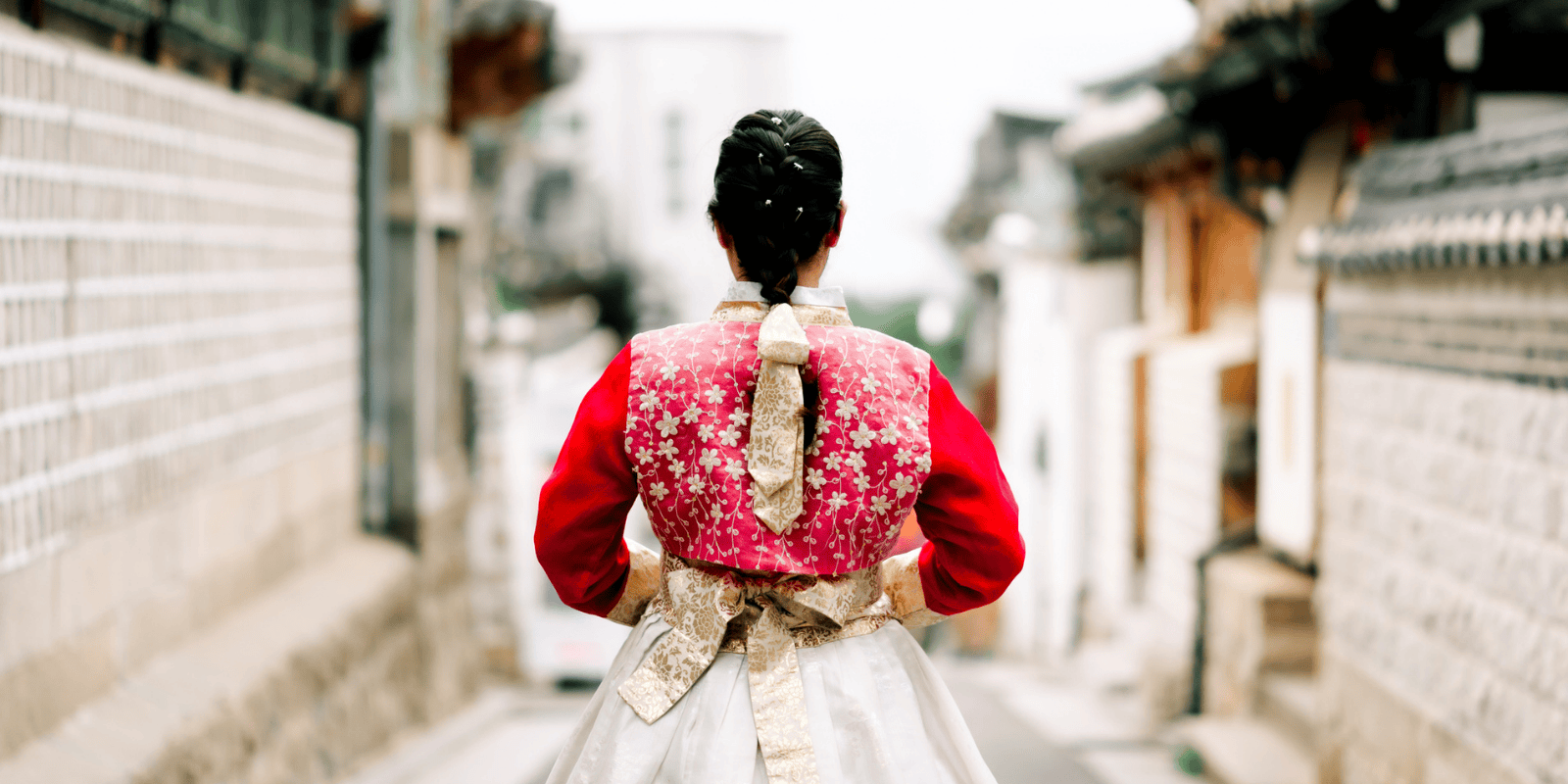
Korean Cultural Conversations
Metropolitan Memorial Parks
30 March 2025
Korean culture offers a distinctive perspective on life, death, and end-of-life rituals, shaped by indigenous beliefs, Buddhism, Confucianism, and Christianity. Many Korean Australians continue to uphold deeply spiritual traditions that blend ancestral reverence with contemporary values.
Religious influences on Korean funeral customs
Buddhism in Korea
Introduced in 372 CE, Buddhism has profoundly shaped Korean traditions, emphasising meditation, compassion, and the cycle of rebirth. Many of Korea’s most significant heritage sites are Buddhist temples, and Buddhist funeral practices often focus on prayers for the deceased's peaceful transition to their next life.
Christianity’s role in Korean mourning practices
Christianity, divided into Protestant and Catholic denominations, has grown rapidly in Korea since its introduction in the late 18th century. Protestant churches are particularly known for their community engagement and educational initiatives. Christian funeral services often include hymns, scripture readings, and prayers for the deceased’s soul.
Confucian influence on death rituals
Although Confucianism is not typically considered a religion, its philosophy has profoundly influenced Korean funeral traditions, reinforcing values such as filial piety, respect for elders, and social harmony. Many Korean mourning practices reflect Confucian ideals of family duty and ancestor worship.
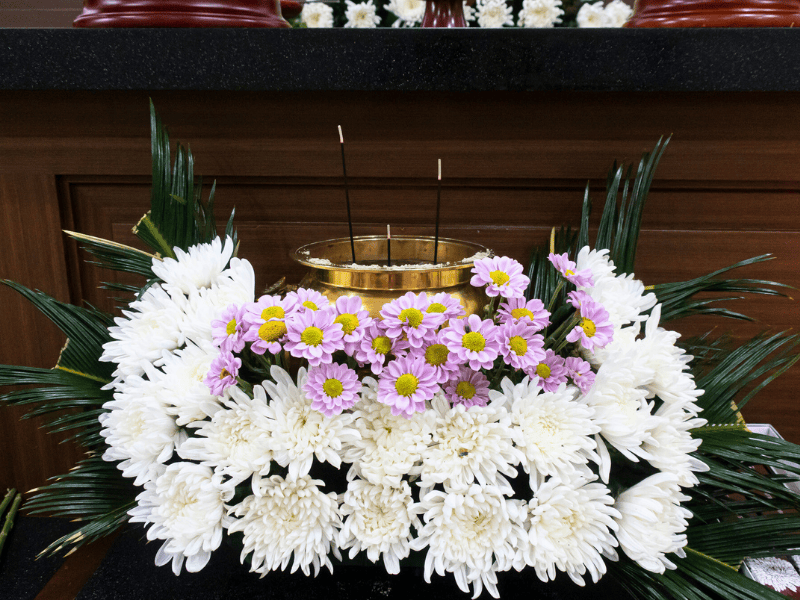
Expressions of grief in Korean culture
Korean mourning customs vary based on religious beliefs but share common elements:
- Loud expressions of grief, such as crying or wailing, are common in some families.
- Mourning is often highly communal, with extended family and friends offering support.
- Family members may wash and dress the body, and some choose to touch or kiss the deceased as a final goodbye.
Traditional Korean end-of-life practices
Traditional Korean funeral rites often last several days and involve close family members with rituals such as Jangnye (keeping vigil by the deceased) and Jesa (ancestral rites).
- Body preparation: Family members typically participate in the preparation of the body, washing and dressing the deceased, often in traditional clothing called hanbok.
- Jangnye: Families often practice Jangnye beside the deceased for at least 24 hours, reflecting their deep respect and the desire to keep them company till the very end.
- Kok (Wailing): This practice involves wailing as a form of announcing the death of a loved one. It typically occurs at the time of death and during the burial or interment. This open expression of grief is considered acceptable and even expected in Korean funeral customs.
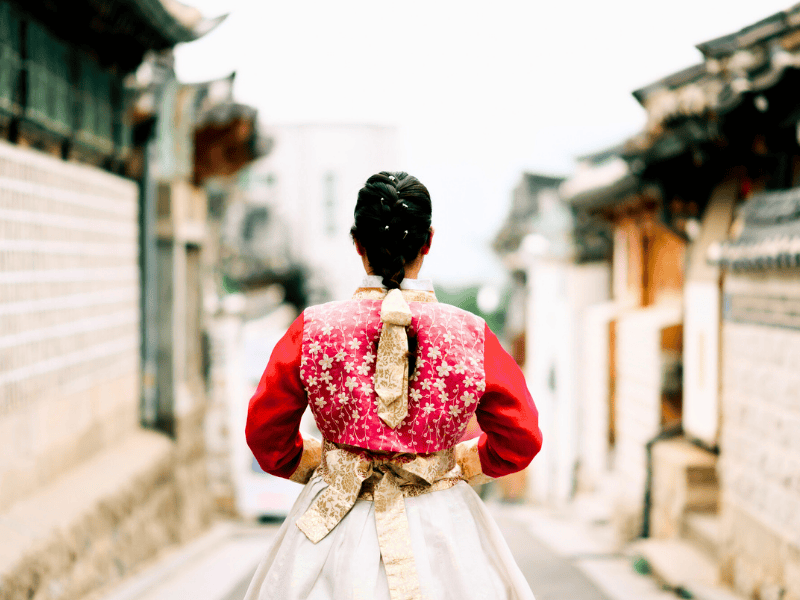
Korean mourning practices
Traditionally, the eldest son or grandson of the deceased takes on the role of sangju or chief mourner. This person is held responsible for "letting" their parents or grandparents pass away and is tasked with handling all funeral preparations. The sangju ensures that Korean funeral customs and traditions are followed and coordinates the memorial services.
Korean mourning period
In the past, the extended mourning period in Korean culture lasted for two-three years. During this time family members were expected to wear hemp mourning clothes and live subdued lives. They were to refrain from celebrations and refuse alcohol and other indulgences. The mourning period officially ended with the "taesang" ceremony on the second anniversary of the death.
Korean mourning attire
Mourning attire, known as sangbok, is traditional clothing worn by the bereaved family and relatives attending a funeral. Mourning clothes are typically black and there are various types.
The form of the attire differs depending on the closeness to the deceased; immediate family members wear more formal and official mourning attire. For example, spouses, children, and parents usually wear black hanbok, while more distant relatives or acquaintances may wear black suits. The attire signifies respect and the level of mourning for the deceased.
The funeral altar and rituals
Even after the funeral, Koreans continue to prepare food offerings and perform ancestral rites (Jesa) to pay their respects on special days.
Some families will position and prepare the body, wash and dress the deceased in traditional clothing. Bowing is a key ritual after offering a flower or incense, bowing twice to the deceased. Bow once to the chief mourner (Sangju). When bowing, men place their right hand over the left, while women place their left hand over the right. Depending on the religion some may choose to silently bow in front of the portrait or offer a chrysanthemum flower.
The funeral altar is set up with the deceased's portrait, offerings, and religious symbols and is the focal point for memorial services and ceremonies.
Notable Korean spiritual leaders
Pastor David Yonggi Cho
Founder of Yoido Full Gospel Church in Seoul, the world’s largest congregation with over a million members. A key figure in the Pentecostal movement globally. His teachings have influenced Christian communities worldwide.
Cardinal Andrew Yeom Soo-jung
An influential figure within the Catholic Church, serving as the Archbishop of Seoul. He has played a significant role in promoting peace between North and South Korea and is well-regarded internationally for his diplomatic and spiritual leadership.
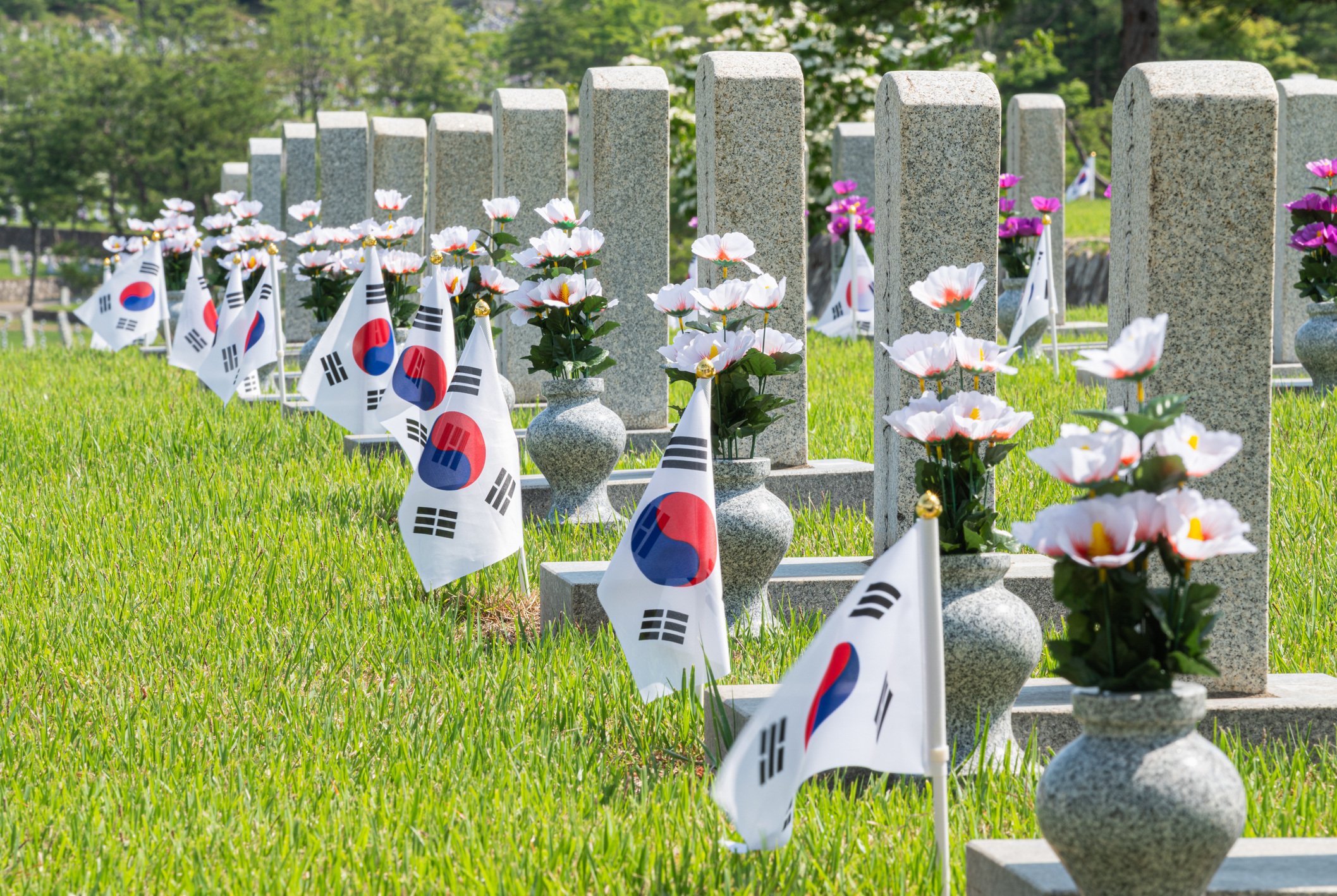
Burial and cremation practices
Cremation is common in South Korea and widely practiced with ashes typically placed in an urn, which may then be kept at home or in a columbarium at a cemetery.
Families hold yearly memorial services on significant anniversaries of the deceased's passing which involve food offerings, incense burning, and ritual bowing to honour their memory.
Korean religious leaders and their roles
As a country with diverse religious traditions, Korea doesn't have a single centralised religious hierarchy.
Traditional roles
- Seunim - general term for Buddhist monks and nuns in Korea. Seunim are spiritual guides who lead temple life, perform rituals, and provide teachings to lay followers.
- Mudang - Korean shaman, usually female, who acts as a medium between the spiritual and physical worlds. Mudang perform rituals for healing, fortune-telling, and communicating with spirits.
- Moksa - pastor or minister in Protestant Christianity. A Moksa will lead congregations, deliver sermons, and provide spiritual guidance to their church members.
- Jongjeong - supreme patriarch of Korean Buddhism particularly in the Jogye Order. The Jongjeong is the highest spiritual authority in Korean Buddhist hierarchy and provides overall guidance to the Buddhist community.
- Shinbu - Catholic priest in Korea. A Shinbu conducts masses, administer sacraments, and provides pastoral care to their parishioners.
- Dojang - master of Korean martial arts or spiritual practices often used in Taekwondo or other traditional disciplines. A Dojang will teach physical techniques as well as philosophical and spiritual aspects of their art.
%20(11).png?width=800&height=600&name=Module%20-%20image%20with%20Text%20(800%20x%20600)%20(11).png)
Preserving tradition in a changing world
Korean funeral customs continue to evolve, blending traditional beliefs with modern practices. Whether through ancestral rites, communal mourning, or religious ceremonies, Korean Australians maintain a deep connection to their heritage while adapting to contemporary life.
Learn more about cultural funeral traditions
For more information on cultural end-of-life customs and memorial options, visit our Cultural Corner Resource Hub. If you have questions, our customer service team is available to assist. Contact us today for guidance on traditional Korean funeral arrangements.







-1.jpg?width=1600&name=Banner%20(7)-1.jpg)





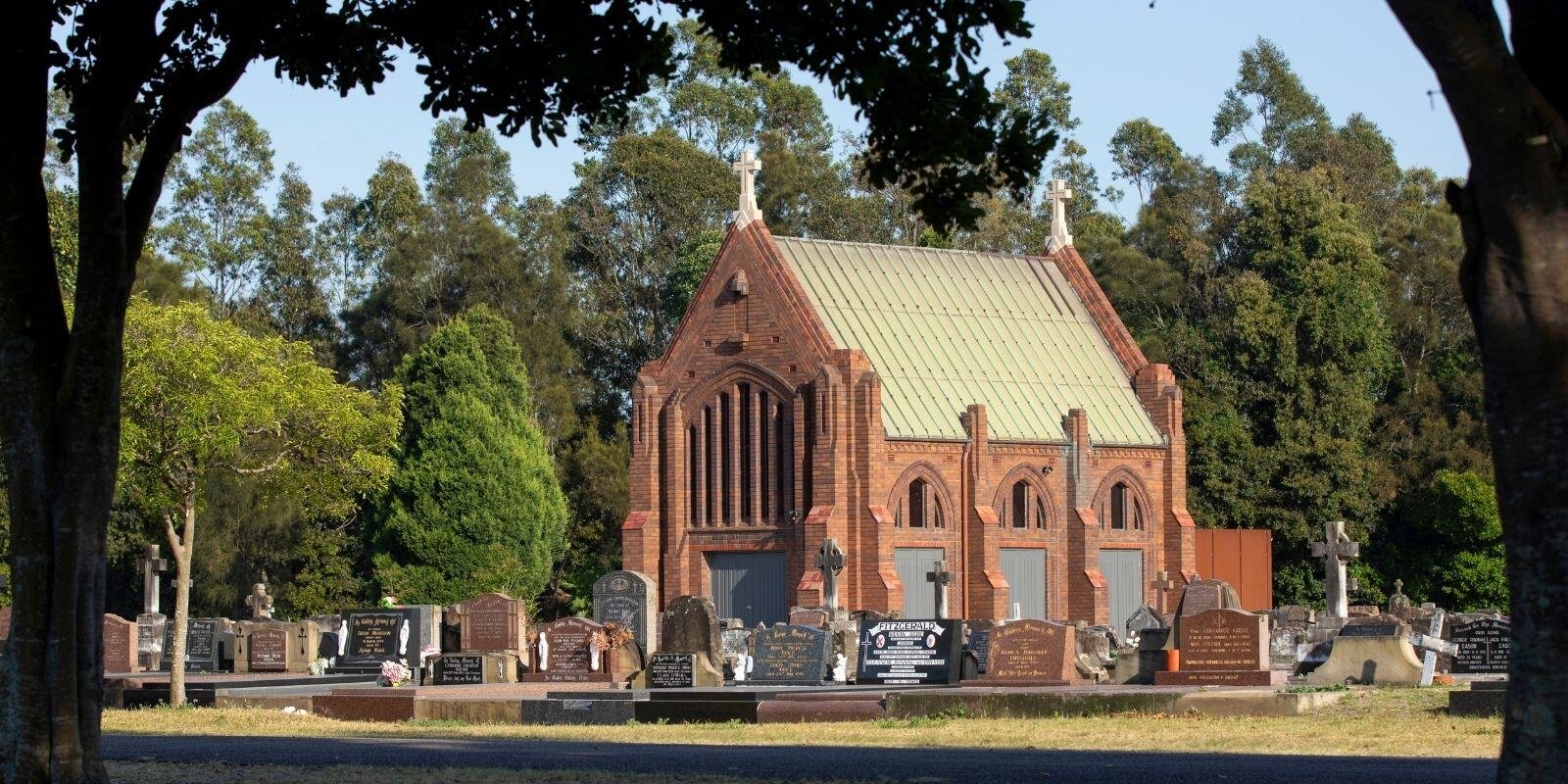

.jpg?width=1600&name=RGC%20Gallery%20(3).jpg)




.jpg?width=2000&name=Copy%20of%20MMP%20Website%20Header%20Image%20Template%20(1).jpg)
.jpg?width=1600&name=WMP%20Wonderfully%20Made%20Memorial%20(1).jpg)

.jpg?width=2000&name=Copy%20of%20MMP%20Website%20Header%20Image%20Template%20(2).jpg)

.jpg?width=800&name=Untitled%20design%20(56).jpg)












